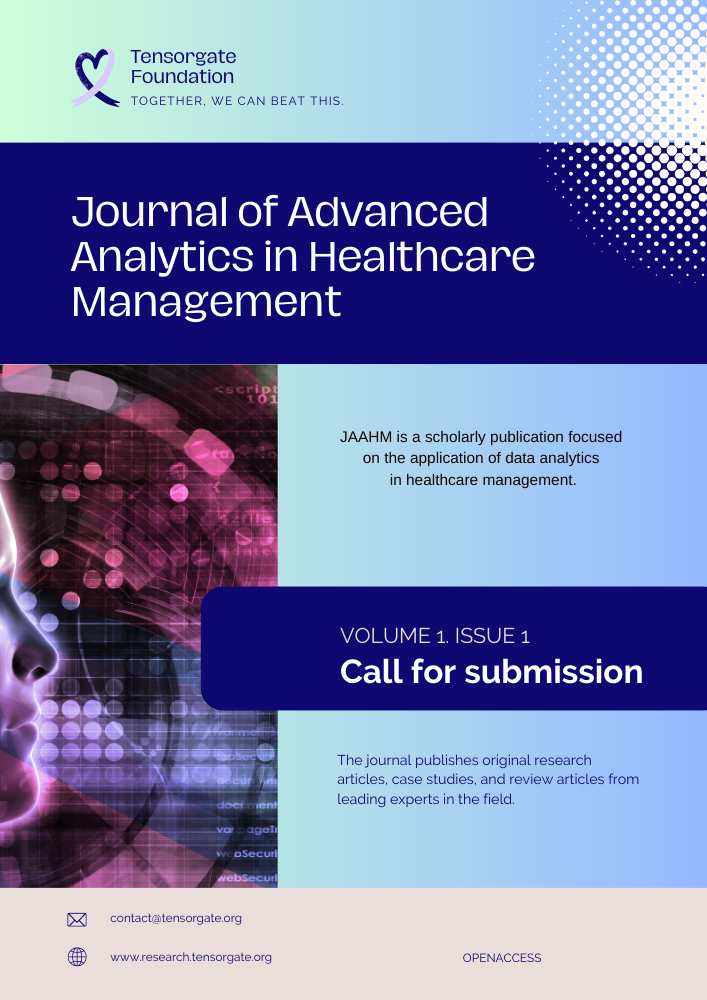AI for Enhanced Healthcare Security: An Investigation of Anomaly Detection, Predictive Analytics, Access Control, Threat Intelligence, and Incident Response
Keywords:
Access control, AI, Anomaly detection, Healthcare security, Incident response, Predictive analyticsAbstract
With the increasing threat of cyber attacks and the need to protect sensitive patient data, healthcare organizations are turning to artificial intelligence (AI) as a solution. This research study explores the role of AI in healthcare security, focusing on five key areas: anomaly detection, predictive analytics, access control, threat intelligence, and incident response. The findings reveal that AI can help identify unusual patterns or behaviors that could indicate a security breach through anomaly detection. AI can analyze past security breaches to identify patterns and predict future attacks, providing a proactive approach through predictive analytics. AI can manage user access to patient data by automatically granting or revoking access based on predefined rules, improving access control. AI can monitor and analyze threat intelligence feeds to stay up-to-date with the latest security threats and vulnerabilities, enhancing threat intelligence. AI can assist in incident response by providing real-time alerts, automating responses to certain types of incidents, and providing insights into the root cause of security breaches. The study concludes that AI can play a critical role in improving healthcare security and protecting patient data from cyber attacks.

